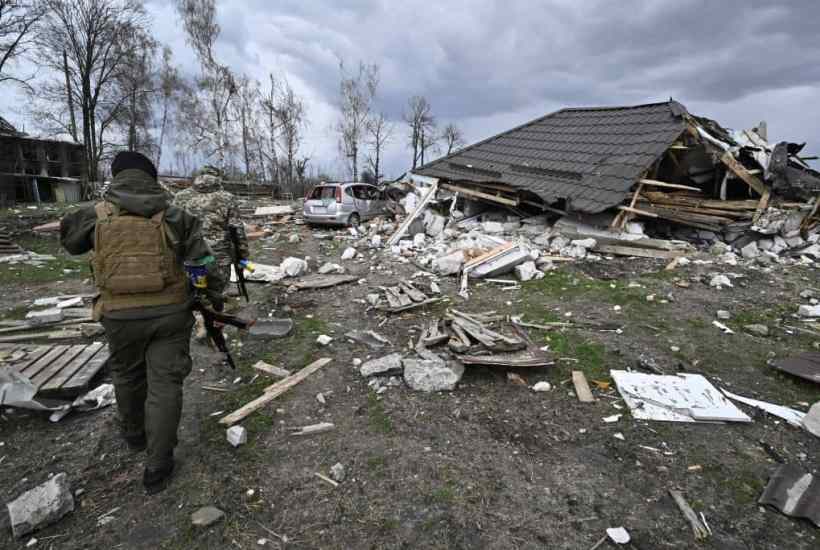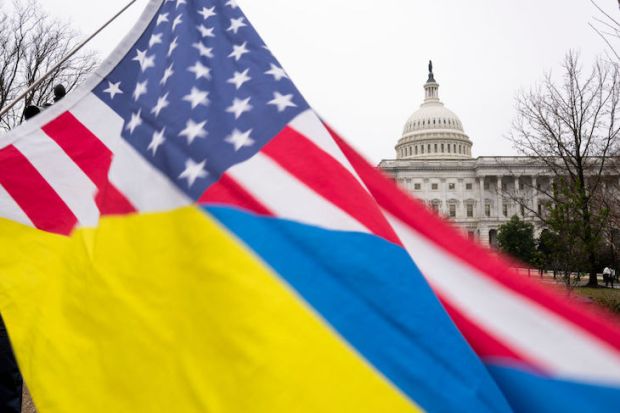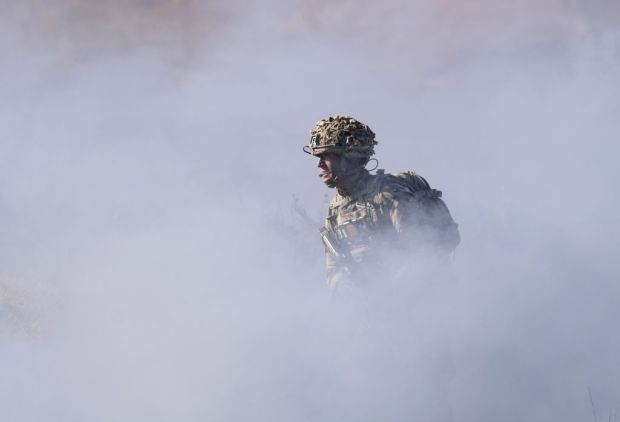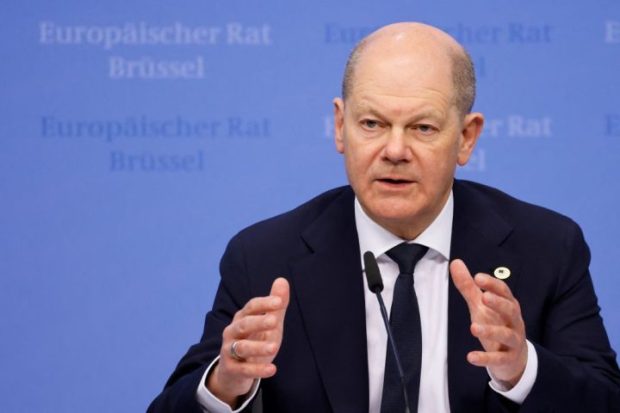The war in Ukraine is about to enter an even deadlier stage, one in which both Kyiv and Moscow will be tempted to apply more and more military might that could even draw in outside powers.
The Battle for Donbas, with another battle raging for what is left of the city of Mariupol, will be a new hell that Europe has not seen since the second world war. It has the potential even to mutate into World War III unless the conflict is brought to a conclusion — and fast.
Why the war in Ukraine is shifting to these critical regions is simple to understand. First, Putin knows he has no chance now of conquering Kyiv or taking over the Ukrainian government unless he is willing to apply so much air, artillery and even weapons of mass destruction that Nato keeps applying more economic pressure with each bomb dropped.
Putin gambles that going after Donbas, which he already tried and failed to take in 2014, will be a much more realistic goal, easier to accomplish with shorter supply lines and logistics. It could also give him an opportunity to claim something that looks like a victory.
Mariupol as a strategic target for Putin is also straightforward. Russia can connect Crimea to Donbas and Russia and cut off nearly all of Ukraine from the sea, taking away a vital path of commerce and trade. This would also help Russia dominate the Black Sea region and again give Putin that all-important claim that he won something in this disaster of a war.
But here is where things get tricky. The entire world can see Putin’s forces moving away from Kyiv and re-shifting their military might into eastern Ukraine and to a lesser extent near Mariupol. This allows Ukraine and its now de facto Nato allies time to prepare a defence — and arm up to meet the challenge.
The extent of arms flowing into Ukraine is quite astounding. Ukraine has received or will receive over 30,000 anti-tank weapons, while Russia has only 13,000 tanks in its entire military arsenal. Kyiv is also getting a new supply of S-300 air defence systems from Slovakia, used T-72 tanks, countless styles of drones from the US and Turkey and millions of rounds of ammo and small arms fire.
What this all adds up to is the largest military battle in decades. How it shapes up will determine not only the fate of Ukraine, but also in a sense the fate of Putin’s regime in Moscow.
In many respects, Putin is in a no-win situation. Even given the arms that will be stacked against him in the coming days, Putin can still win the war by unleashing his armed forces — specifically his bombers and missile platforms — and wage a nasty campaign of attrition.
But the same challenges that held true when he tried to take Kyiv apply in Donbas and Mariupol: apply more pressure and more sanctions will get dropped on Russia’s head, which could mean the outright collapse of the Russian economy.
Ukraine as well is facing its own pressures that won’t be easy to relieve. It has no way to ‘win’ against Russia, no matter who might cheer this idea. The simple fact is that Kyiv does not have the offensive firepower to expel Russia from the territory Moscow has conquered over the last six weeks, or even what it took in 2014. Nor can Ukraine get trained up on newer platforms that it likely will get in the near future, such as US main battle tanks or fancier air defence platforms or even newer fighter jets.
Sadly, the future seems clear for Ukraine and the upcoming savage battles for Donbas and Mariupol. We will see a lot of heavy fighting but no clear winner. Russia can’t apply the pressure it needs to win and Ukraine does not have the firepower to win. That means another massive frozen conflict along the Russian border. And if history is a guide, that suits Moscow just fine.
Got something to add? Join the discussion and comment below.
Get 10 issues for just $10
Subscribe to The Spectator Australia today for the next 10 magazine issues, plus full online access, for just $10.
This article first appeared in the Spectator’s World edition.


















Comments
Don't miss out
Join the conversation with other Spectator Australia readers. Subscribe to leave a comment.
SUBSCRIBEAlready a subscriber? Log in